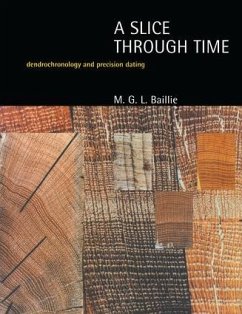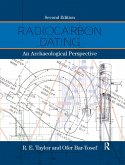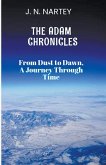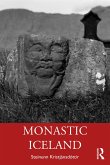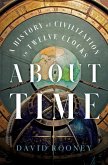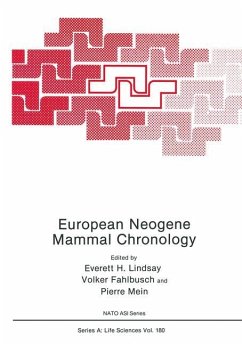The dramatic development of European oak chronologies over the last ten years parallels and supplements the bristlecone-pine chronology in the United States. Dendrochronologists can now provide a wood sample - a time capsule of biological material - for any calender date over the last seven millennia from two continents.
For archaeologists, resigned to the imprecision of radiocarbon dating, the implications are profound. For the first time it is possible to establish precise dates for prehistoric events. Similarly, we have an independent and scientifically objective way of testing historical accounts, such as the traditional Egyptian chronology. Equally fundamental are the insights provided by the related disciplines of dendroecology and dendroclimatology. The Bronze Age eruption of Santorini and the AD 540 `event' are explored as fascinating case studies.
Drawing on a further decade of research by himself and others, Mike Baille not only brings the pre-1980 story up to date, but demonstrates the wide and exciting applications of this comparatively new science.
For archaeologists, resigned to the imprecision of radiocarbon dating, the implications are profound. For the first time it is possible to establish precise dates for prehistoric events. Similarly, we have an independent and scientifically objective way of testing historical accounts, such as the traditional Egyptian chronology. Equally fundamental are the insights provided by the related disciplines of dendroecology and dendroclimatology. The Bronze Age eruption of Santorini and the AD 540 `event' are explored as fascinating case studies.
Drawing on a further decade of research by himself and others, Mike Baille not only brings the pre-1980 story up to date, but demonstrates the wide and exciting applications of this comparatively new science.
`The book should be read by anyone who wants a good read; or anyone who dreads finding wood on a site; or anyone who once dug up some wood and realised, too late, that they didn't know what could be done with it. Mike Baille has retained his sense of fun and glories in the problems that the study of chronology throws up.' - The Field Archaeologist
`The story of dendrochronology with many interesting case studies employed as pertinent illustrations of problems presently occupyng research investigation makes a gripping and informative read, which is to be recommended to all interested in the absolute dating of prehistory, not only in Western Europe, but around the world.' - Joan Taylor, Department of Archaeology, University of Liverpool
`This is an excellent and clearly written book' - New Scientist
`The story of dendrochronology with many interesting case studies employed as pertinent illustrations of problems presently occupyng research investigation makes a gripping and informative read, which is to be recommended to all interested in the absolute dating of prehistory, not only in Western Europe, but around the world.' - Joan Taylor, Department of Archaeology, University of Liverpool
`This is an excellent and clearly written book' - New Scientist
`The book should be read by anyone who wants a good read; or anyone who dreads finding wood on a site; or anyone who once dug up some wood and realised, too late, that they didn't know what could be done with it. Mike Baille has retained his sense of fun and glories in the problems that the study of chronology throws up.' - The Field Archaeologist
`The story of dendrochronology with many interesting case studies employed as pertinent illustrations of problems presently occupyng research investigation makes a gripping and informative read, which is to be recommended to all interested in the absolute dating of prehistory, not only in Western Europe, but around the world.' - Joan Taylor, Department of Archaeology, University of Liverpool
`This is an excellent and clearly written book' - New Scientist
`The story of dendrochronology with many interesting case studies employed as pertinent illustrations of problems presently occupyng research investigation makes a gripping and informative read, which is to be recommended to all interested in the absolute dating of prehistory, not only in Western Europe, but around the world.' - Joan Taylor, Department of Archaeology, University of Liverpool
`This is an excellent and clearly written book' - New Scientist

